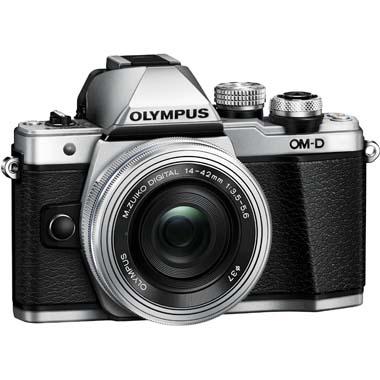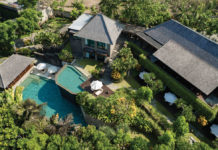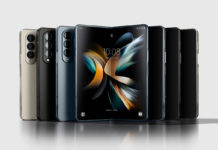Recently, the mirrorless camera, or CSC (Compact System Camera) became all the rave among globetrotters and travelling photographers. Here’s why we approve of the trend and some of our favourite picks.
Gone are the days when serious photographers were trademarked by bulky, not-so-mobile-friendly digital SLRs. Thanks to the impressive development of compact system cameras, aspiring shooters can now carry around all the big features of a DSLR, including a big sensor, interchangeable lenses and advanced controls, in a smaller, lighter body without the mirror mechanism – hence the term “mirrorless”. Technically, these cameras don’t have a mirror inside that sends the true image from the lenses up to the viewfinder, but instead simulates the image. For anyone except seasoned professionals, the images they produce can be every bit as good as a DSLR’s.
Another advantage is that these lightweight babies are often fuss-free and simpler to use, as opposed to the cockpit like contraptions found in most DSLRs. Some say it’s a way to dumb-down advanced photography, but we beg to differ. Unless you travel and shoot for a living, or are a true enthusiast, who would want to spend hours learning about depths of field and gridlines prior to a much anticipated trip and bother to think about these things in practice?
Following the rising trend, there are now numerous good mirrorless cameras out there. Here are three of our favourite new 2015 models that you might want to consider getting your shutter-happy fingers on if you can’t be bothered to be seen slinging an unwieldy, cumbersome DSLR.
Leica Q

Naturally, our ultimate favourite comes from the top dog in the industry: Leica. The recent innovations of this traditional camera manufacturer (the stylish T and luxurious S-series comes to mind) left us totally starstruck over the last few years and now we are even more so with the Leica Q, which is a mirrorless camera by technical definition.
We love the Q’s 24MP full-frame sensor and 28mm F1.7 lens that can dish out crisp, sharp images. With both manual controls and electronic assistance working fluidly in unison, the Leica Q is probably one of the most ergonomic models yet.
The Leica Q also has the ability to shoot in 10 frame per second bursts, including when capturing full resolution DNG images, and street shooters will appreciate options like the face detect and the touch-to-focus/touch-to-shoot via the intuitive touch-screen LCD. Of course, not everything is simplified, since advanced shooters can always pre-focus using manual toggles like the focus depth scale.
Olympus OM-D E-M10 II

The original E-M10’s compact size, versatility and value for money already captivated our interest almost instantly after we tried it, but the E-M10 II adds features that take it to another level. The camera’s three-axis image stabilization system has been upgraded to a five-axis system in Olympus’s more advanced OM-D cameras. The viewfinder resolution has practically been doubled and the continuous shooting speed is now 8.5 frames per second. The smaller Micro Four Thirds sensor format (roughly half the area of APS-C) produces pretty much the same high quality image and means that the lenses are as compact and lightweight as the camera itself. Despite the compact size, the E-M10 II is a properly powerful camera.
Fuji X-T10

Whoever judges the Fuji X-T10 to be inferior to the X-T1 because of the slightly lower price tag couldn’t be more wrong. Fuji took the price-per-value points up a notch with the X-T10 without introducing any sort of compromise to its features and capabilities. The X-T10 uses the same sensor and Fuji’s latest AF technology, for which the X-T1 needs a firmware update to match. The X-T10 has a slightly smaller viewfinder image and simplified external controls that don’t match the retro appeal of the X-T1’s and, as a result, we are loving the compact DSLR-style body, the superb Fuji image quality and film simulation modes and Fuji’s growing range of premium lenses.




















